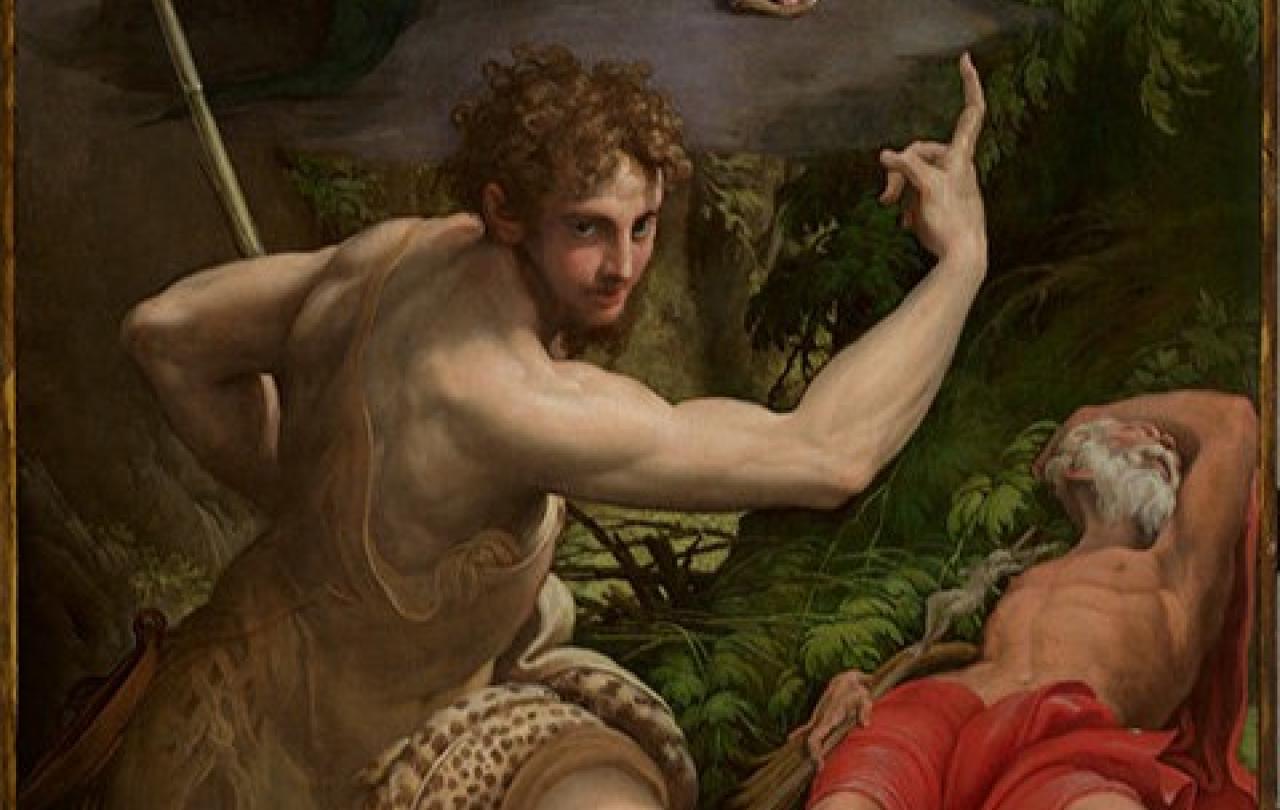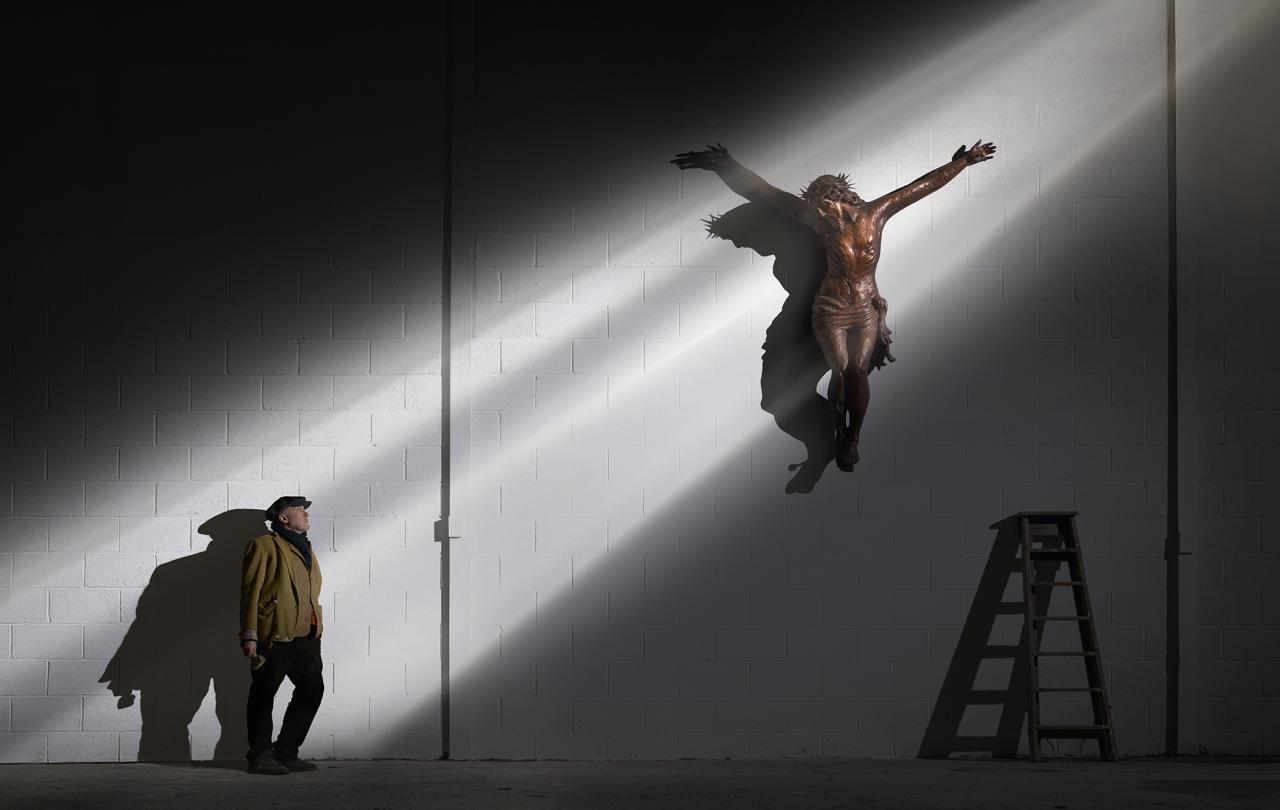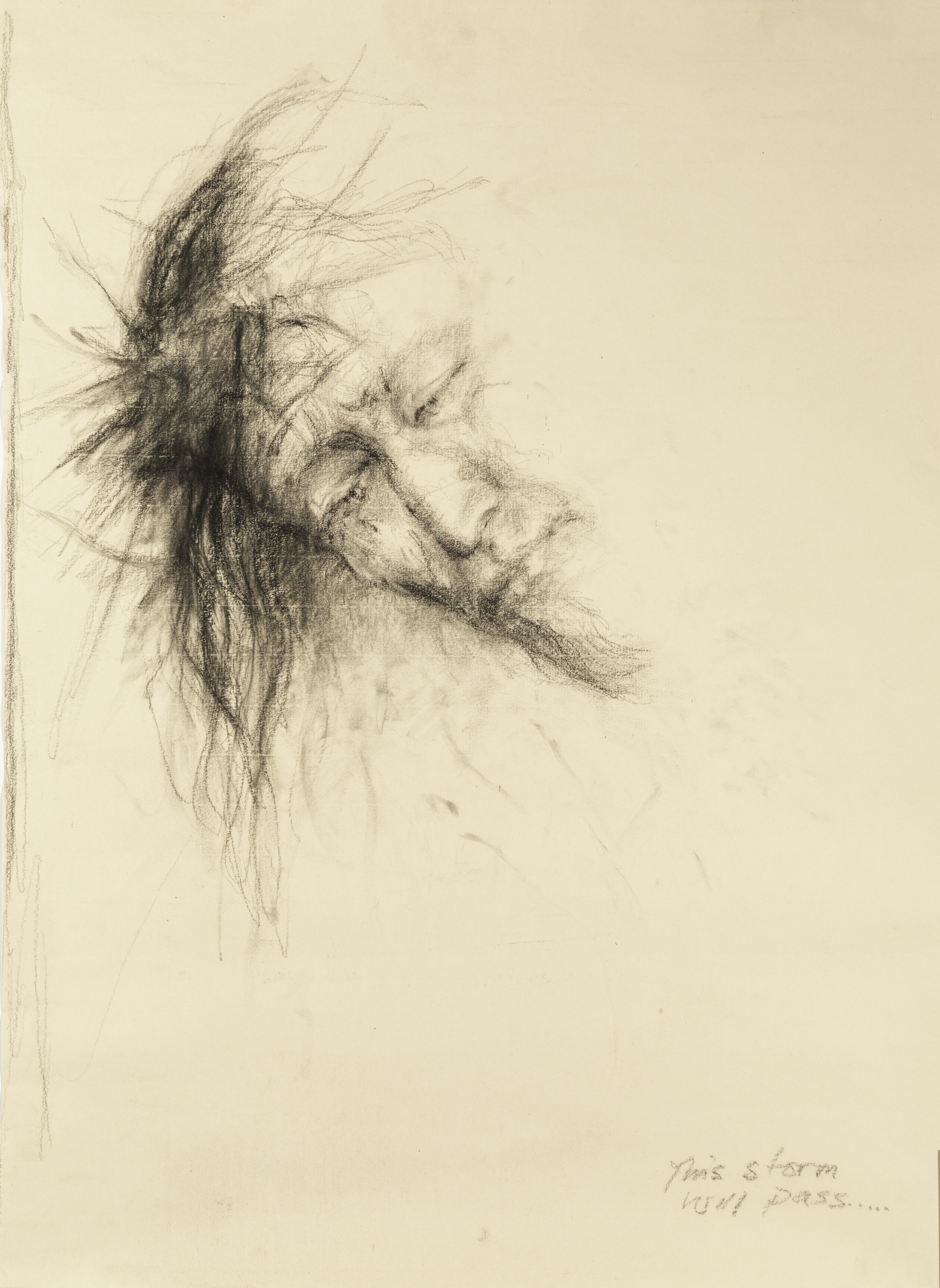
The museums of Europe and North America are filled with religious art. Why? Certainly, gallery goers of the nineteenth century, when many public museums were founded, were more likely to practice a faith than visitors in today’s global cities, but this does not explain religious art’s continuing appeal. If we are so much more secular than the folks in stiff collars and leg ‘o mutton sleeves who curated and donated to early museum collections, why is the religious art they championed still so popular?
Individual religious paintings’ chequered history, together with the formal elements of their composition, provide two lenses into the genre’s ability to resonate across multiple generations.
Celebrations around the National Gallery’s 200th anniversary, with its reappraisal of the earliest works to enter the collection, offers an ideal time to study the blueprints for public collections, which continue to shape the art we see today. The French Revolution is popularly credited as the genesis of public art institutions, as the art and fine furniture from displaced aristocrat’s palaces was put on display at the Louvre, opened in 1793. But the idea of a semi-public art collections had been present in Italy from the early eighteenth century, as families opened their palazzos and collections of classical art to visitors on the Grand Tour. Rome’s Capitoline Museum opened in 1734, as the papacy saw an opportunity to showcase the heritage of ancient Rome to the city’s wealthy tourists, and position themselves in the role of art patrons.
At the National Gallery, Parmigianino’s The Vision of St Jerome, 1526-1527, (reunited for the first time with rare preparatory drawings until 9 March) pulls on many of the threads that makes religious art, even in a secular age, enduringly powerful.
Painted when Parmigianino was only 24, and already being hailed as ‘Raphael reborn’, the painting is reputed to have stopped looting soldiers in their tracks, when they saw it in the artist’s studio during the 1527 Sack of Rome. The painting itself had an adventurous life, spending far longer in secular surroundings than it ever did in the religious settings it was intended for.
Commissioned as an altarpiece for a funerary chapel in Rome, the upheaval of the city’s occupation by the troops of Charles V saw The Vision of St Jerome stored, but not publicly displayed, in the refectory of a nearby church. Somehow during the terror and mayhem, the 3.5 metres high altarpiece, weighing nearly 100 kilograms, was transported from the artist’s studio across the city to safety.
Thirty years later a great nephew of the original woman patron, Maria Bufalini, took the altarpiece from Rome to the family’s Umbrian hometown of Citta di Castello. Had it instead gone to its intended Roman church San Salvatore in Lauro, it would have been destroyed by the church fire of 1591. The Vision of St Jerome stayed in the family chapel of Sant’Agostino, inspiring artists from the region, until around 1772 when Cardinal Giovanni Bufalini moved the altarpiece to the restored Palazzo Bufalini, placing a copy in Sant’Agostino. If the original stayed in the church it would have been ruined by an earthquake in 1789.
Having spent just over 200 years in a sacred setting, the painting was sold by the Bufalini heirs to an English art agent in Rome, setting sail from Livorno in December 1791 for its new life in England.
After inheriting Parmigianino’s Virgin and Child with Saint John the Baptist and Mary Magdalene (1535-40), George Watson Taylor, with his heiress wife Anna, added The Vision of Saint Jerome to the significant private art collection, displayed at their London Townhouse in Cavendish Square. In 1819 the painting was exhibited publicly in England for the first time when Watson Taylor lent it the British Institution, the forerunner of the National Gallery.
Four years later the painting fetched £3,202 at the sale of Watson Taylor’s collection, securing a higher price than Rubens’ Rainbow Landscape. It was purchased by the Reverend William Holwell Carr on behalf of the British Institution. The Vision of Saint Jerome hung in the National Gallery within two years of the institution’s foundation.
Once part of the nation’s collection, the mannerist style of Parmigianino, with its elongated limbs, twisted torsos, classical drapery and foreshortened perspective, provided a context to discuss the Biblical figures depicted in the work. A loosely draped, seated Virgin Mary holds a tussle haired child between her knees, who kicks one leg out, as if to step away. Beneath them John the Baptist points a massive arm towards the heavens, while a smaller scale St Jerome sleeps clutching a crucifix. Regency and Victorian Christians such as Howell Carr, and popular art historians Anna Jameson and Elizabeth Eastlake, wife of the Gallery’s first director Charles, saw the potential of art created 400 years ago to speak to the spiritual questions of their day. Shorn of a traditional religious setting, the message, and missional potential, of the work came across as powerfully as ever.
After surviving war, fire and earthquakes, The Vision of Saint Jerome was relocated to Manod Quarry in Wales from 1941 until the end of World War Two to escape the bombing of London. During this period, the National Gallery brought one painting out of storage to view in the empty Trafalgar Square landmark, the war weary public’s Picture of the Month. The tradition continues today.
For sleep -deprived, food -rationed, scared wartime Londoners Noli me Tangere offered a message of love, loss, transcendence and protection.
The first Picture of the Month, in 1942, was Titian’s Noli me Tangere, c. 1514. In a rather Italianate Garden of Gethsemane, with glowing sun and tumbling hills, Mary reaches out her hand to Christ. Having tended Christ’s crucified body in the tomb, Mary is grieving, and at first believes the figure before her is a gardener. To her astonishment he reveals himself to be the Christ, resurrected from the dead. Titian portrays the bittersweet moment after Christ’s miraculous return, when Mary comprehends that although Christ is present, she can no longer have any human contact with him, represented by her rebuffed gesture of touch. In common with all Christ’s followers, it is time to relinquish his earthly presence. While the kneeling Mary is bound to the earth, the standing Christ figure forms an arc over her, representing his protection of humanity.
For sleep -deprived, food -rationed, scared wartime Londoners Noli me Tangere offered a message of love, loss, transcendence and protection.
Religious art’s continued survival, through eras of supposed indifference, amplifies its specialness and continuing popularity.
Join with us - Behind the Seen
Seen & Unseen is free for everyone and is made possible through the generosity of our amazing community of supporters.
If you’re enjoying Seen & Unseen, would you consider making a gift towards our work?
Alongside other benefits (book discounts etc.), you’ll receive an extra fortnightly email from me sharing what I’m reading and my reflections on the ideas that are shaping our times.
Graham Tomlin
Editor-in-Chief








